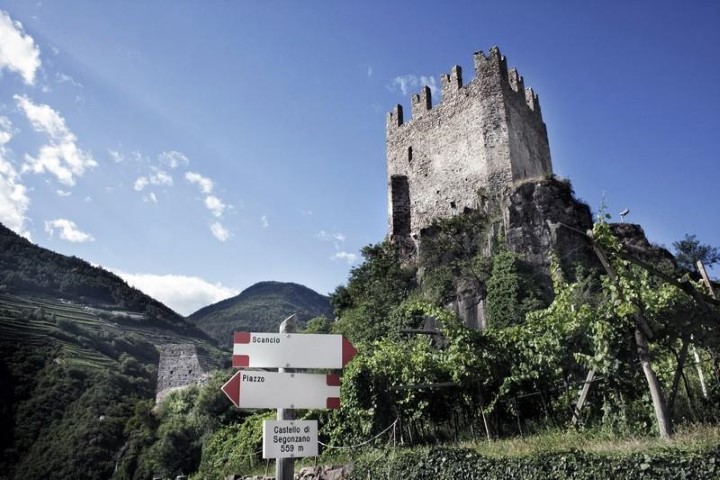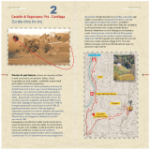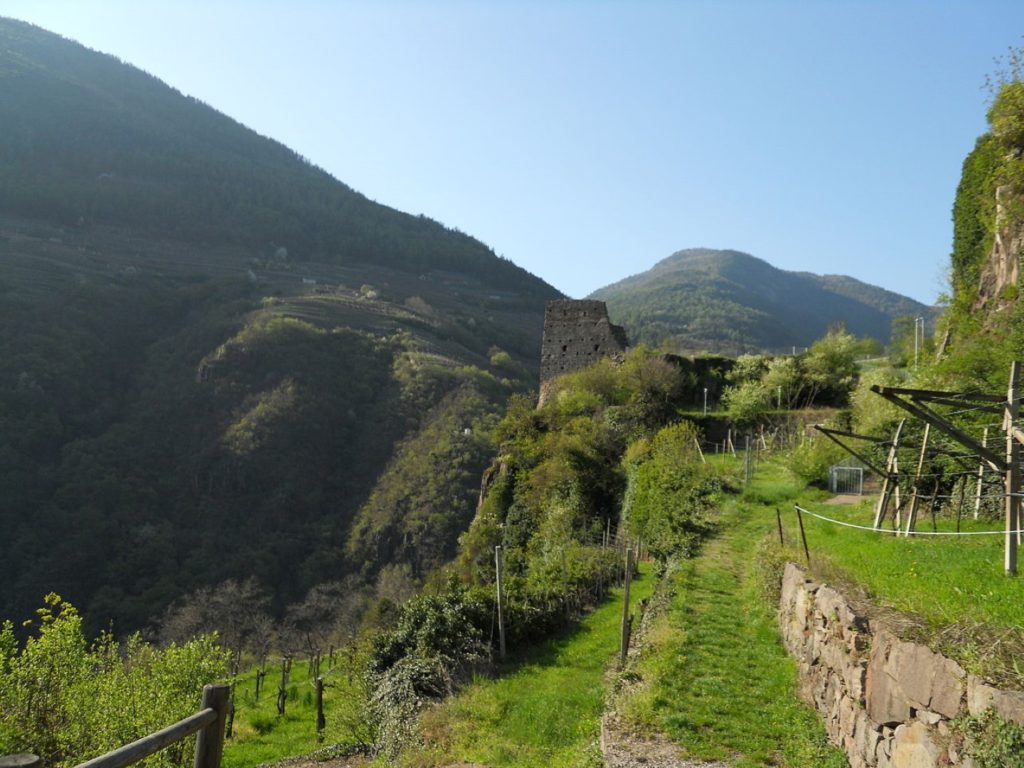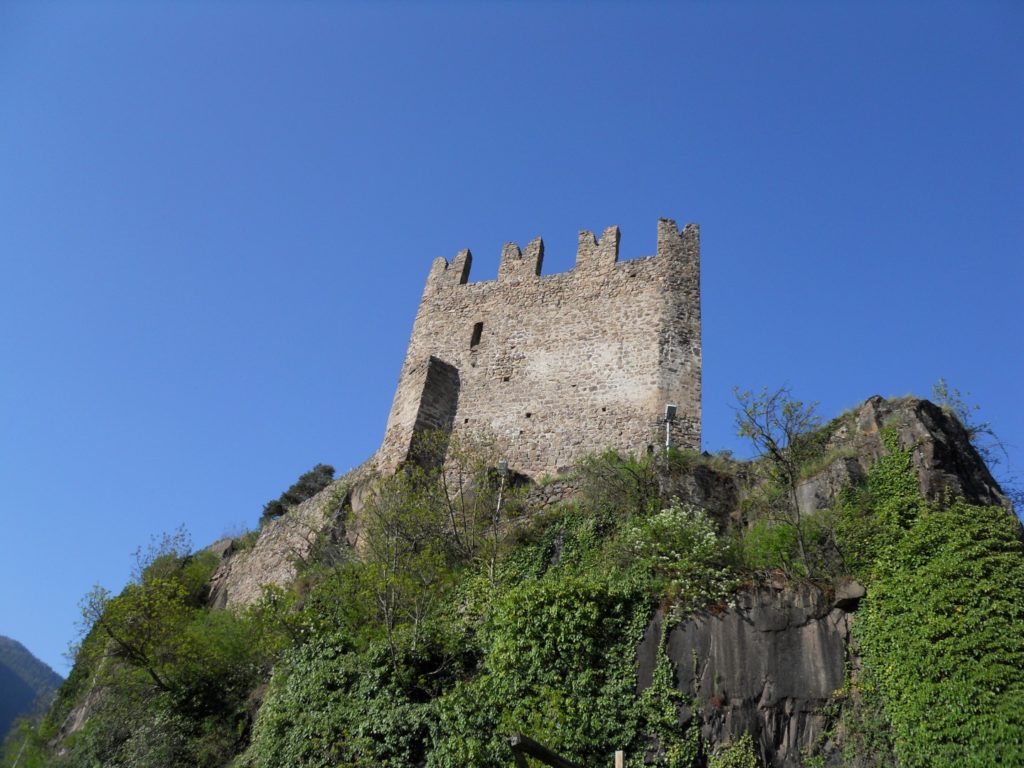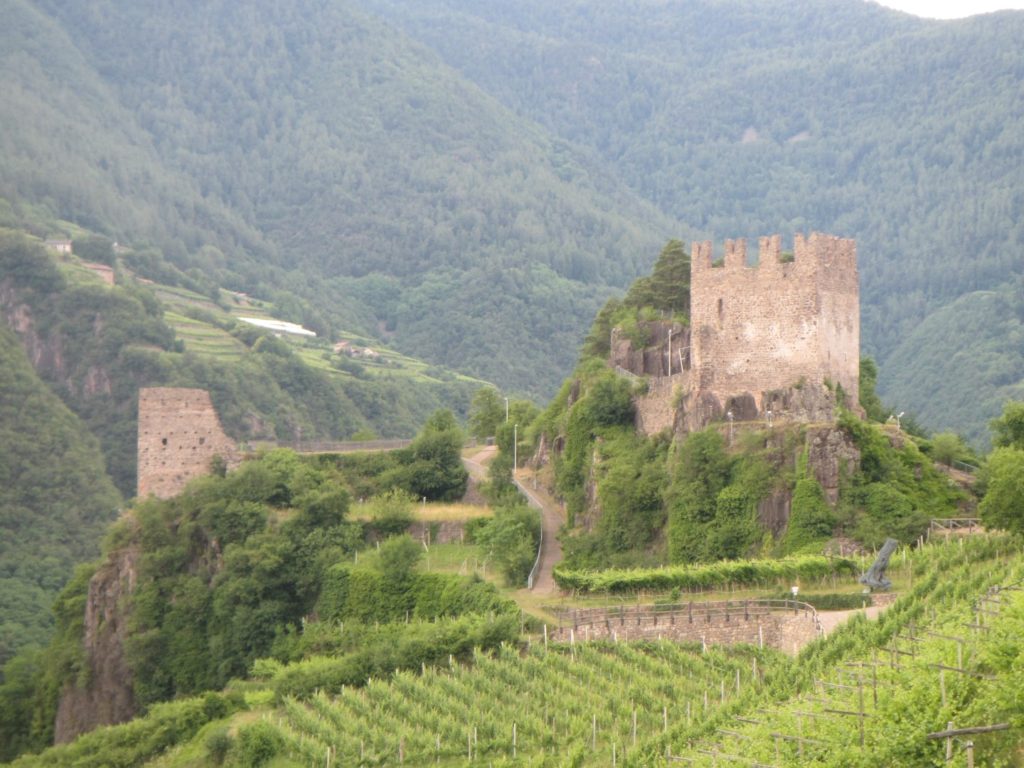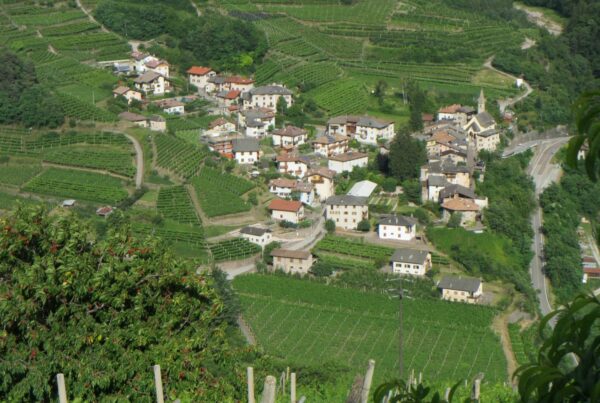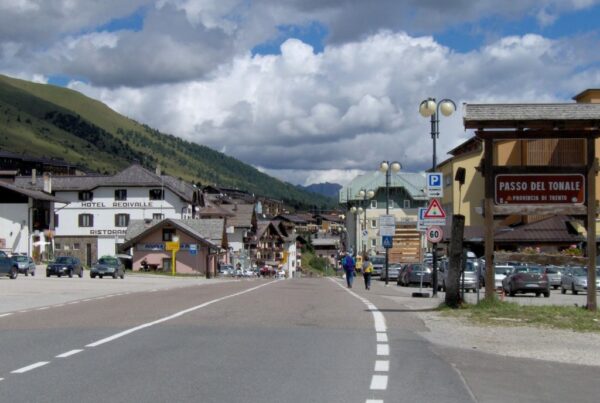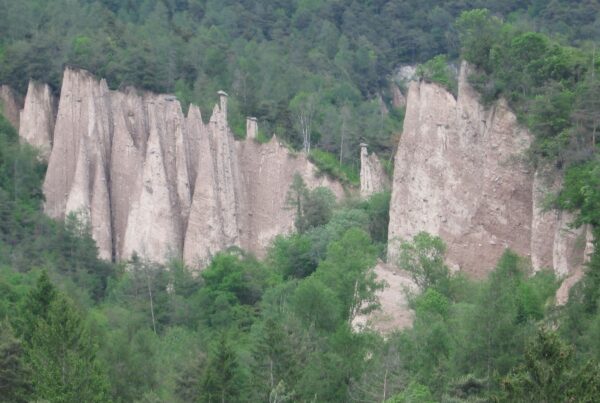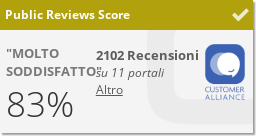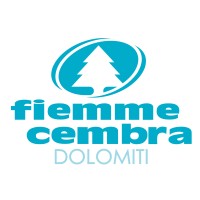Segonzano and Prà Castle - Cantilaga
Starting point: (opposite the little church) from the Hotel Piramidi down the valley (direction Salotto). An asphalted and cobbled road. In a few minutes it leads to the ruins of Segonzano Castle.
The castle was built in 1216 on probable pre-existing foundations by Rodolfo Scancio de la Curte, then passed to the Rottemburg and Lichtensteìn families, with the function of defending the jurisdiction of the valley and as a garrison of the important bridge over the Avisio river. Having survived the passage of centuries with alternating fortunes, it experienced degradation from 1800 onwards. It was the scene of the ‘Battle of Segonzano’ (2 November 1796) between Napoleon’s troops and the local Schützen in 1796. Privately owned (Baroni a Prato family, former Lords of Segonzano) and close to structural restoration. Beautiful panorama of the valley floor. Famous are the two watercolours by the German painter Albrecht Dürer that admirably depict the castle as it was in 1494.
Segonzano Castle and Prà- Cantilaga
Continuing towards the torrent, the road descends gently through the vineyards surrounding the castle ruins until it crosses the road leading to Cantilaga, a locality located below the rocky spur of the castle, where you can see the bridge over the Avisio, an ancient ford of Roman origin, which until a few years ago was the most important crossing point between the two banks. On the edge of the bridge is an ancient rural house, now used as a tool shed but during the Middle Ages, the seat of the duty imposed by the lord of the castle. The mule track, (‘corvaia’), which descends from the right side of the valley was in fact the route taken by those coming from the north (Brennero) who intended to travel to Valsugana towards the Venetian plain. It was also travelled by Albrecht Dürer when he wanted to travel to Venice to study the masters of Italian painting in 1494. Continuing northwards up the course of the Avisio river, we arrive at the small village of Prà. Just beyond the village are the remains of one of the many watermills that operated along the torrent.


